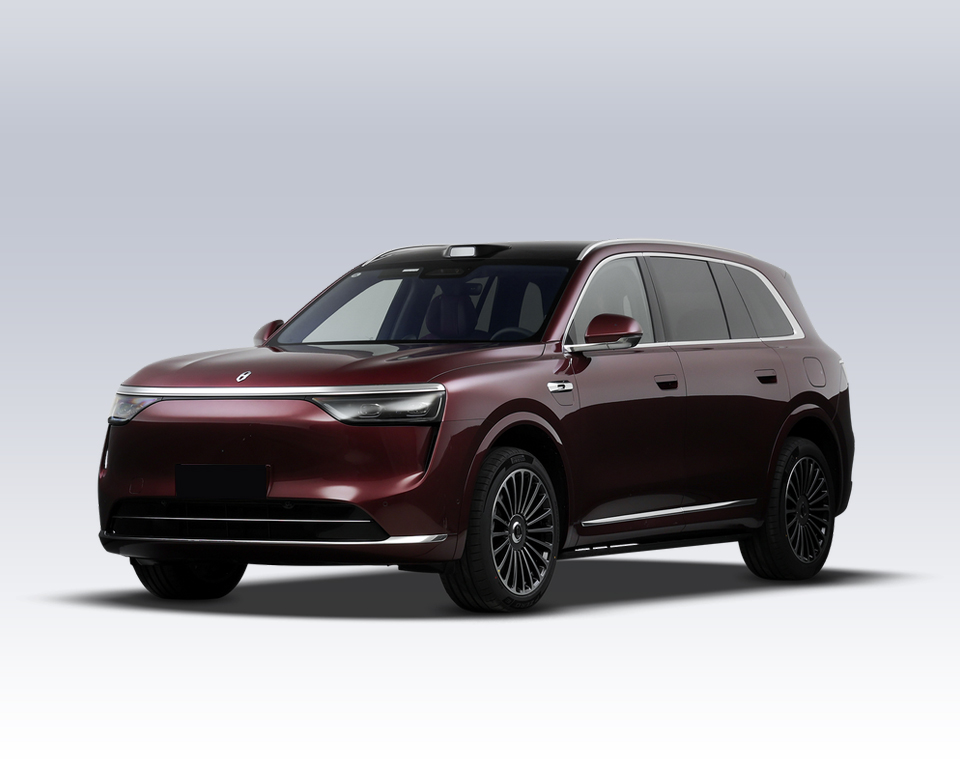Millimeter-Wave Radar : The "Ballast Stone" of Autonomous Driving Safet
When discussing the sensory world of autonomous driving, flashy LiDAR and high-definition cameras usually steal the spotlight. Yet behind all the glamour, there is a quiet but indispensable sensor that forms the backbone of safety in self-driving systems—millimeter-wave radar.Like an invisible guardian with “muscle memory,” it works reliably under any lighting condition and remains unfazed by rain, fog, or snow. It continuously perceives the surrounding environment, ensuring safe journeys.
Millimeter-wave radar is not confined to vehicles alone. Thanks to its durability, precision, and cost-effectiveness, it has expanded into smart homes, industrial inspection, and security surveillance, becoming the “perceptual infrastructure” of the connected era. Let’s dive deeper into its principles, features, advantages, comparisons, and future applications.
Catalog
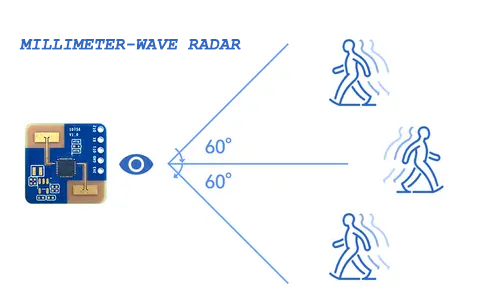
⚙️ 1. How Millimeter-Wave Radar Works
Basic Principle
Millimeter-wave radar operates using electromagnetic waves with wavelengths of 1–10 mm (frequency range 30–300 GHz). It functions on a closed-loop process of “transmit → reflect → receive → analyze”, typically powered by FMCW (Frequency Modulated Continuous Wave) technology.
Workflow
The transmitter emits a frequency-modulated millimeter-wave signal.
The wave reflects off objects such as vehicles or pedestrians.
The receiver mixes the reflected wave with the original, calculating:
Distance (via frequency shift)
Speed (via Doppler effect)
Angle (via antenna phase differences)
A processing unit (FPGA/DSP) converts these into precise position and motion data.
This entire process happens in milliseconds, enabling simultaneous detection of multiple targets around a moving vehicle.
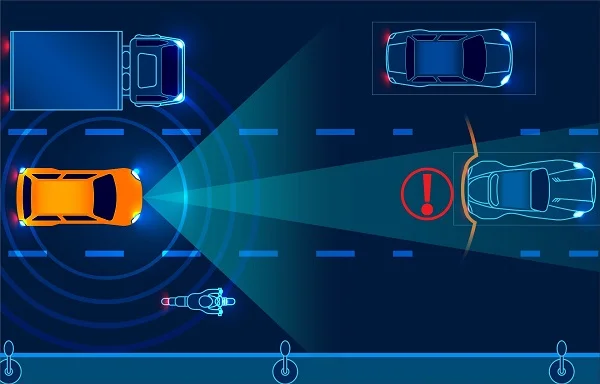
📡 2. Frequency Bands and Their Characteristics
24 GHz (Short Range):
Mostly used in parking assist and reversing radars. Cost-effective but limited to ~30 meters and weaker penetration.77–81 GHz (Mid-to-Long Range):
Offers higher angular resolution and extended detection (up to 200+ meters). It also complies with global automotive standards, making it the mainstream choice for forward-looking autonomous driving radars.
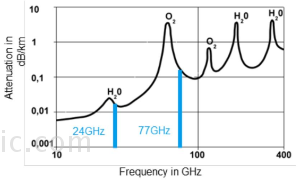
🌦️ 3. All-Weather Reliability: An Unrivaled Advantage
Unlike cameras that struggle with glare, shadows, or poor lighting, millimeter-wave radar is immune to visual disturbances. It penetrates fog, dust, rain, and snow, ensuring consistent detection accuracy.
Emerging 4D millimeter-wave radar enhances this further by adding height perception to distance, speed, and angle data—allowing vehicles to distinguish between static roadside objects and real obstacles, reducing false braking incidents.
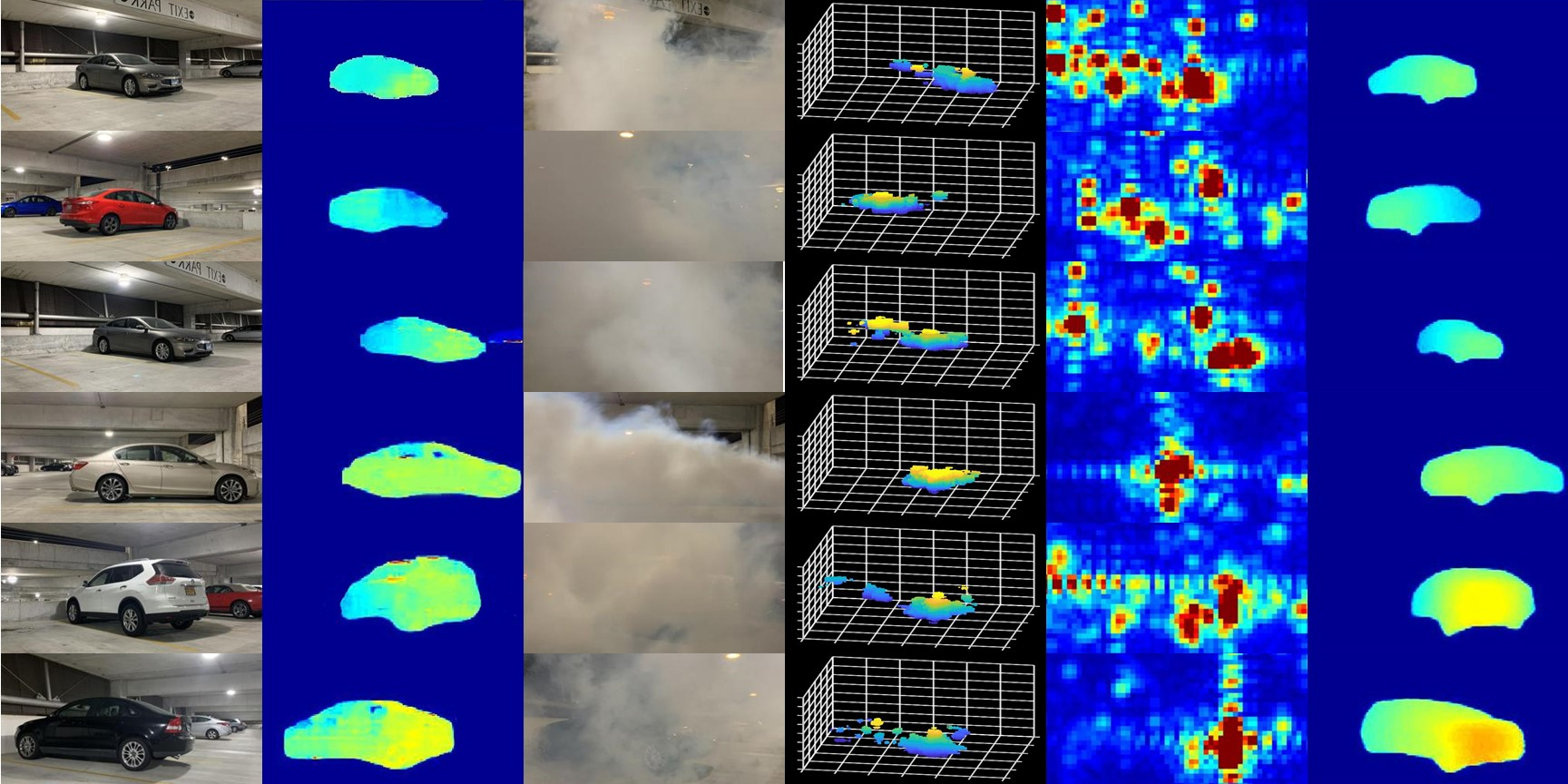
🔍 4. Millimeter-Wave Radar vs. Other Sensors
| Sensor Type | Advantages | Limitations |
|---|---|---|
| Millimeter-Wave Radar | Reliable in all weather, accurate velocity & range detection, multi-target tracking, compact, cost-efficient | Limited imaging capability, weaker recognition of low-reflection objects |
| Camera | Strong visual recognition (signs, colors, textures) | Sensitive to light/weather changes |
| LiDAR | High-precision 3D point cloud | Expensive, high power usage, weather-sensitive |
Key takeaway: The industry consensus is sensor fusion. Millimeter-wave radar provides irreplaceable speed measurement and all-weather reliability, complementing LiDAR’s precision and camera’s recognition.
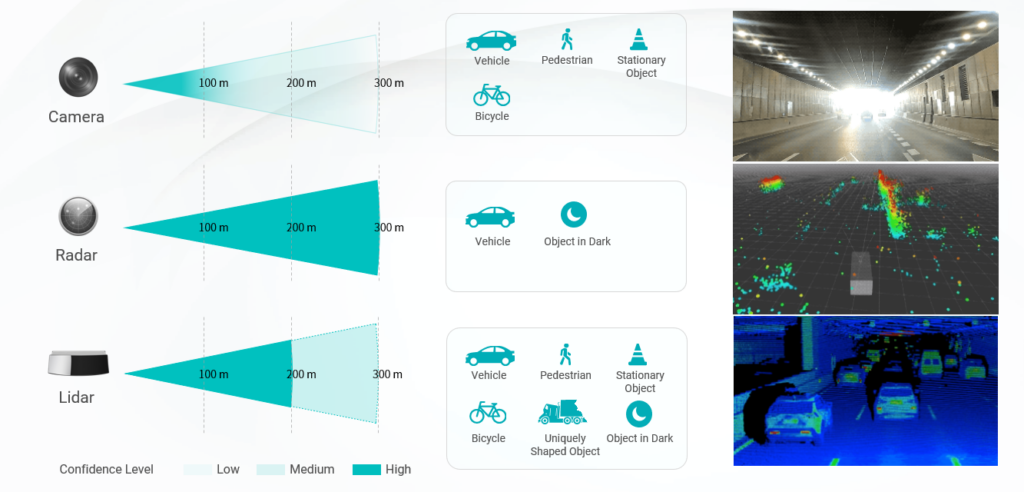
🚘 5. Real-World Applications
Automotive (ADAS & Autonomous Driving):
Adaptive Cruise Control (ACC)
Forward Collision Warning (FCW) & Automatic Emergency Braking (AEB)
Blind-spot Detection & Lane-change Assist
4D Radar for advanced scene understanding
Smart Homes & In-Cabin Monitoring:
Human presence detection
Gesture recognition
Sleep monitoring
Vital signs detection inside vehicles
Industrial & Security:
Material inspection
Equipment monitoring
Perimeter security & intrusion detection
From being the car’s “electronic eye” to acting as a smart home “invisible butler,” millimeter-wave radar is not about replacing other sensors but completing the perception puzzle.
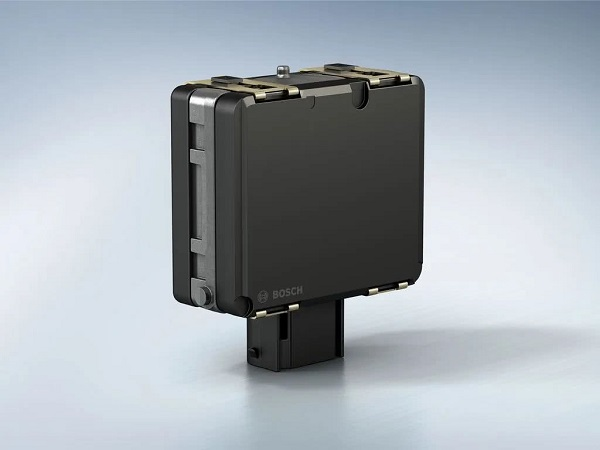
🚀 6. Challenges and Future Trends
Challenges:
Signal interference when multiple radars operate simultaneously
Cost and power consumption of high-precision radar modules
Resolution still lower than LiDAR, especially for complex scenes
Future Directions:
Sensor Fusion: Integrating radar, LiDAR, and cameras for robust perception
Miniaturization & Cost Reduction: Thanks to semiconductor and antenna innovations
V2X Connectivity: Millimeter-wave radar could support vehicle-to-vehicle and vehicle-to-infrastructure communication
Collaborative Perception: Multi-vehicle radar sharing to enhance traffic safety and reduce blind spots
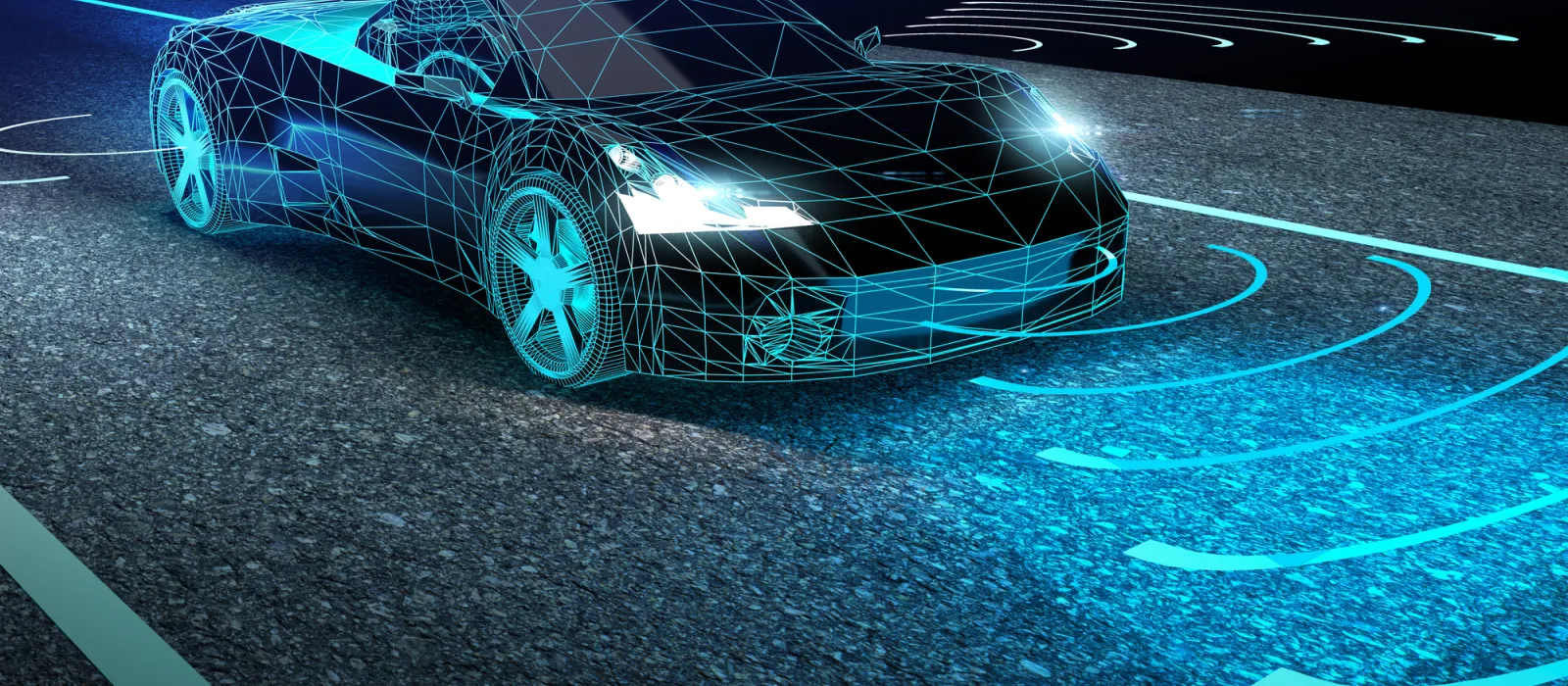
✅ 7. Conclusion
As the ‘ballast stone’ of autonomous driving systems, millimeter-wave radar provides solid support for driving safety with its stability, all-weather adaptability, and precise multi-target detection capability. From L1–L2 assisted driving functions to advanced autonomous driving, and further expanding into smart homes, industry, and security, its value is becoming increasingly evident. Although challenges remain in terms of resolution and interference, continuous technological progress and fusion innovations will enable millimeter-wave radar to achieve broader and deeper applications in the future.
Please explore our blog for the latest news and offers from the EV market.




